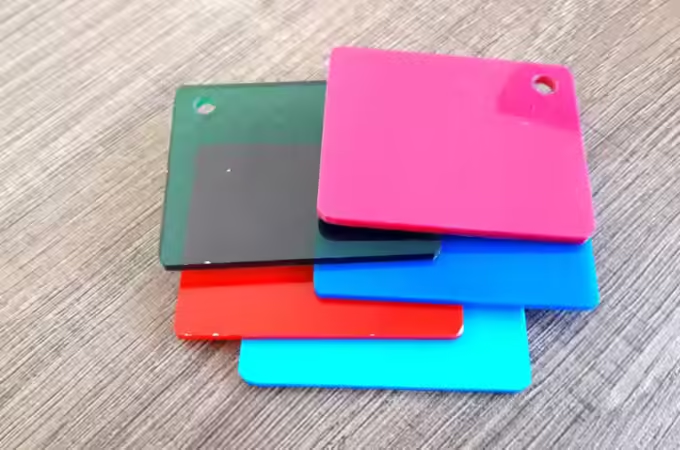
Properly Disinfecting Your Crawl Space at Home After Animal Intrusion
Discovering that animals have infiltrated your crawl space can be alarming. Whether it’s raccoons, rodents, or other critters, their presence not only poses a nuisance but also brings potential health risks. Animal intrusion often leads to contamination of the crawl space, which requires prompt and thorough cleaning. In this guide, we’ll delve into the essential steps for properly disinfecting your crawl space after animal intrusion, including valuable tips for cleaning animal-contaminated crawl spaces.
Table of Contents
ToggleIdentifying the Intruders
Identifying the species of animals in your crawl space is essential prior to initiating the cleaning procedure, as various animals leave unique traces like droppings, fur, or nesting materials. This understanding enables you to customize your cleaning methods to effectively remove the remnants and mitigate any potential health risks linked with the specific invaders. Moreover, discerning the entry points through which these animals gained access facilitates the prevention of future infiltrations by sealing off these routes, thus fortifying your space against further intrusion. By pinpointing the entry points, you can implement targeted measures to reinforce the integrity of your crawl space and deter potential pests from re-entering.
Safety Precautions
Cleaning animal-contaminated crawl spaces necessitates a focus on safety due to the presence of pathogens and allergens that pose health risks. To safeguard yourself, begin by wearing protective gear like gloves, masks, and goggles to minimize exposure to contaminants. Ensuring proper ventilation is vital to prevent the buildup of hazardous fumes or airborne particles, enhancing safety during the cleaning process. If you feel uncertain about safely managing the situation, it’s prudent to seek assistance from professionals who possess the expertise and equipment to handle such scenarios safely and effectively. Prioritizing safety not only protects your well-being but also ensures a thorough and risk-free cleaning process in animal-infested crawl spaces.
Cleaning and Disinfecting
Once you ensure your safety, it’s time to tackle the cleaning and disinfection process. Begin by removing any debris, droppings, or nesting materials left behind by the animals. Use a vacuum with a HEPA filter to minimize the spread of allergens and pathogens. Next, scrub the surfaces of the crawl space using a mixture of water and mild detergent. Pay close attention to areas that show signs of contamination, ensuring thorough cleaning.
After cleaning, disinfect the entire crawl space using a suitable disinfectant. Opt for products specifically formulated to eliminate bacteria, viruses, and parasites commonly found in animal waste. Allow the disinfectant to sit for the recommended dwell time to ensure maximum efficacy. Once the surface has been thoroughly disinfected, rinse it with clean water to remove any residue.
Deodorizing
Animal intrusion commonly leads to lingering foul odors in crawl spaces, which can be addressed through various methods. Utilizing odor-neutralizing products or natural remedies like vinegar or baking soda can effectively absorb and eliminate unpleasant smells. By allowing these substances to permeate the space, you can achieve a fresh and clean scent in your crawl space. Moreover, implementing adequate ventilation aids in dispersing any remaining odors and enhances overall air quality, contributing to a more pleasant and comfortable environment. Combining these approaches ensures effective odor removal and helps maintain a fresh atmosphere in animal-contaminated crawl spaces.
Preventive Measures
Following the disinfection of your crawl space, it’s crucial to enact preventive measures to discourage future animal intrusions. Begin by meticulously sealing off all entry points and gaps that could potentially serve as access routes for pests, thereby denying them entry into your space. Installing wire mesh or barriers at vulnerable areas adds an extra layer of protection, effectively deterring wildlife from re-entering. Conducting regular inspections of your crawl space for signs of activity allows you to promptly identify and address any emerging issues, minimizing the likelihood of recurrence. By implementing these preventive measures diligently, you can fortify your crawl space against future animal intrusions and maintain a pest-free environment effectively.
Professional Assistance

In some cases, animal intrusion and contamination may be extensive or challenging to handle independently. If you encounter difficulties or concerns during the cleaning process, don’t hesitate to seek professional assistance. Pest control experts or restoration professionals have the expertise and equipment to address complex situations effectively. Their specialized knowledge can ensure thorough cleanup and mitigation of health risks associated with animal contamination.
Final Thoughts
Properly disinfecting your crawl space after animal intrusion is essential for maintaining a safe and healthy home environment. By following these steps and prioritizing safety precautions, you can effectively rid your crawl space of contaminants and prevent future infestations. Remember to identify the intruders, take necessary safety measures, clean and disinfect thoroughly, deodorize as needed, implement preventive measures, and seek professional assistance if required. With proactive management, you can safeguard your crawl space against the adverse effects of animal intrusion, ensuring peace of mind for you and your family.
Syed Azeem Haider is an enthusiastic writer, loves to write on social issues, current affairs, books and T.V reviews, currently working for homepick as a digital marketer.





